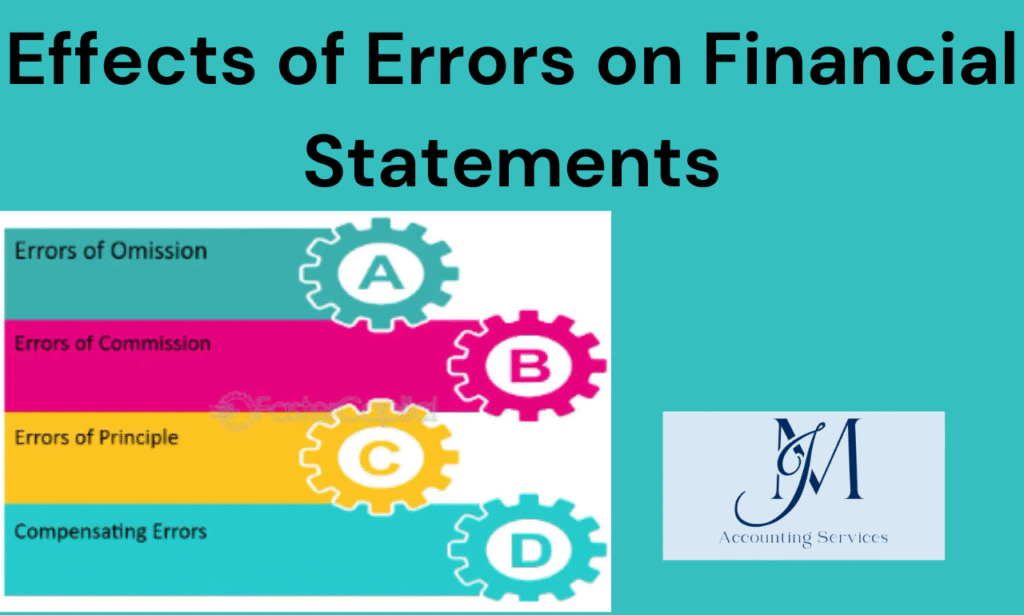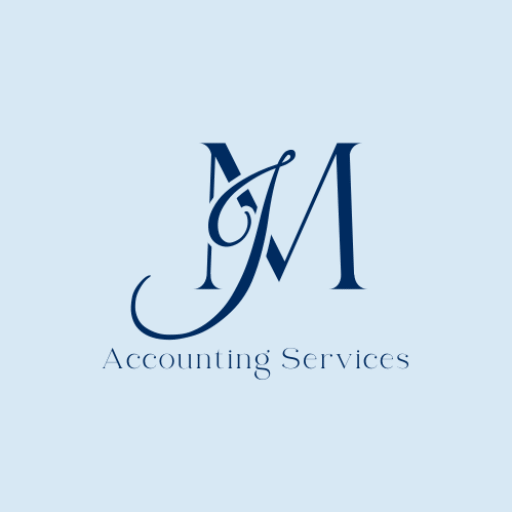
Financial statement errors undermine the reliability of a company’s financial reporting, leading to significant consequences for stakeholders, regulatory compliance, and business decisions. These inaccuracies, whether intentional or unintentional, distort critical documents like the income statement, balance sheet, and statement of cash flows. This article explores the nature of financial statement errors, their impact, and the regulatory bodies overseeing financial reporting. It examines how errors arise, their effects on business financial statements, and the authorities responsible for ensuring accurate financial reporting practices. By understanding these elements, businesses can adopt financial reporting best practices to mitigate financial statement risk and enhance trust in their financial summary.
What are financial statement errors?
Financial statement errors are inaccuracies in a company’s financial statements, such as the income statement, balance sheet, or statement of cash flows, that misrepresent its financial position. These errors stem from mistakes in financial statement preparation, misapplication of accounting principles, or fraud. For example, recording incorrect income statement items, like overstating revenue, distorts the financial overview. Similarly, errors in the balance sheet, such as misclassifying assets, affect the financial balance sheet’s accuracy. Research from the University of Chicago’s Booth School of Business, conducted in 2020, found that 20% of publicly traded companies reported material errors in their financial statements annually, often due to inadequate internal controls. Errors increase financial reporting risk, erode stakeholder trust, and may lead to legal penalties. Common financial statement examples include misreported expenses or omitted liabilities, which skew the financial summary and mislead investors.
Who regulates financial reporting?
The Securities and Exchange Commission (SEC) regulates financial reporting in the United States, ensuring companies adhere to standardized practices. The SEC enforces compliance with Generally Accepted Accounting Principles (GAAP) for publicly traded companies, overseeing the preparation of financial statements like the income statement, balance sheet, and statement of cash flows. Additionally, the Financial Accounting Standards Board (FASB) sets GAAP standards, guiding how to prepare a balance sheet or write an income statement. A 2021 study by Harvard Business School noted that 95% of SEC enforcement actions involved financial reporting challenges, such as misstated company financial statements. Globally, the International Accounting Standards Board (IASB) develops International Financial Reporting Standards (IFRS) for consistent financial report writing. These bodies reduce financial statement risk by mandating audits and disclosures, ensuring accurate financial statements analysis and protecting investors from the effects of errors.
What is a financial statement restatement?
A financial statement restatement is the process of revising and reissuing a company’s previously published financial statements to correct material errors. Restatements occur when inaccuracies in the income statement, balance sheet, or statement of cash flows significantly misrepresent the financial position. For instance, a company might restate its financial balance sheet to correct overstated assets. According to a 2022 study by the University of Pennsylvania’s Wharton School, 10% of publicly traded companies issued restatements annually, with 60% related to revenue recognition errors. Restatements address financial reporting challenges, restore accuracy in company financial statements, and maintain compliance with regulatory standards. However, they often reduce investor confidence and may trigger SEC investigations, increasing financial statement risk.
How do you correct financial statement errors?
Financial statement errors are corrected through identification, adjustment, and, if necessary, restatement of the affected financial statements. Companies first conduct internal audits or hire remote accountants to detect inaccuracies in the income statement, balance sheet, or statement of cash flows. Once identified, adjustments are made to correct misstated income statement items or balance sheet entries. For example, correcting an overstated revenue requires adjusting the financial summary and related accounts. A 2020 report by the Massachusetts Institute of Technology’s Sloan School of Management found that 70% of errors were resolved through journal entry adjustments without restatement. Material errors, however, require restating the entire financial report example, as mandated by GAAP or IFRS. Implementing financial reporting best practices, such as regular audits and hiring virtual bookkeepers, prevents recurrence and ensures accurate financial statement preparation.
Common errors in financial reporting
Common errors in financial reporting include revenue recognition mistakes, misclassification of expenses, and incorrect valuation of assets or liabilities. Revenue recognition errors, such as recording sales prematurely, distort the income statement and financial overview. Misclassifying expenses, like capitalizing operating costs, affects the balance sheet’s accuracy. Incorrect valuations, such as overvaluing inventory, skew the financial balance sheet. A 2023 study by Stanford University’s Graduate School of Business revealed that 25% of financial reporting errors stemmed from revenue recognition issues, while 15% involved improper expense classification. These mistakes increase financial reporting risk, mislead stakeholders, and complicate financial statements analysis. Adopting robust internal controls and following guidelines on how to prepare a balance sheet or write an income statement minimizes these errors and enhances the reliability of business financial statements.
What causes inaccurate financial reporting?
Inaccurate financial reporting is caused by human error, weak internal controls, complex accounting standards, and intentional fraud. Human errors, such as data entry mistakes, often misstate income statement items or balance sheet figures. Weak internal controls fail to detect discrepancies during financial statement preparation. Complex standards, like those for revenue recognition, lead to misapplication, as seen in 30% of errors reported in a 2021 study by New York University’s Stern School of Business. Fraud, such as manipulating the statement of cash flows, deliberately distorts the financial overview. For example, a company might overstate revenue to inflate its financial summary. These causes increase financial reporting challenges, necessitating robust processes to ensure accurate company financial statements.
What are the risks of inaccurate financial reporting?
The risks of inaccurate financial reporting include financial losses, regulatory penalties, and reputational damage. Inaccurate financial statements mislead investors, leading to poor investment decisions and potential losses. Regulatory bodies like the SEC impose fines for non-compliance, with 80% of penalties in 2022 tied to misstated financial balance sheets, according to a Columbia University study. Reputational damage erodes stakeholder trust, impacting business relationships. For instance, a misreported income statement can lower stock prices, as seen in high-profile corporate scandals. These risks heighten financial statement risk, disrupt financial statements analysis, and undermine the reliability of the financial summary, emphasizing the need for accurate financial report writing.
Preventing errors in financial reporting
Errors in financial reporting are prevented through strong internal controls, regular audits, and staff training. Internal controls, such as segregation of duties, ensure accurate financial statement preparation. Regular audits, conducted internally or by hiring remote accountants, detect discrepancies in the balance sheet or statement of cash flows. Training staff on GAAP and IFRS reduces misapplication of standards, addressing 40% of errors, per a 2023 University of California, Berkeley study. For example, training on how to write an income statement minimizes revenue recognition mistakes. Hiring virtual bookkeepers enhances oversight, while technology, like automated accounting software, streamlines processes. These measures reduce financial reporting challenges and promote reliable business financial statements.
How do you ensure accuracy in financial reporting?
Accuracy in financial reporting is ensured through standardized processes, technology, and independent audits. Standardized processes, following GAAP or IFRS, guide how to prepare a balance sheet or statement of cash flows. Technology, such as accounting software, automates data entry, reducing human error by 50%, according to a 2022 study by the University of Southern California’s Marshall School of Business. Independent audits verify the financial overview, ensuring compliance with regulations. For example, auditing income statement items confirms their accuracy. Hiring remote accountants or virtual bookkeepers provides expertise, while regular reconciliations catch discrepancies early. These practices enhance financial statements analysis, minimize financial statement risk, and ensure a trustworthy financial summary.
